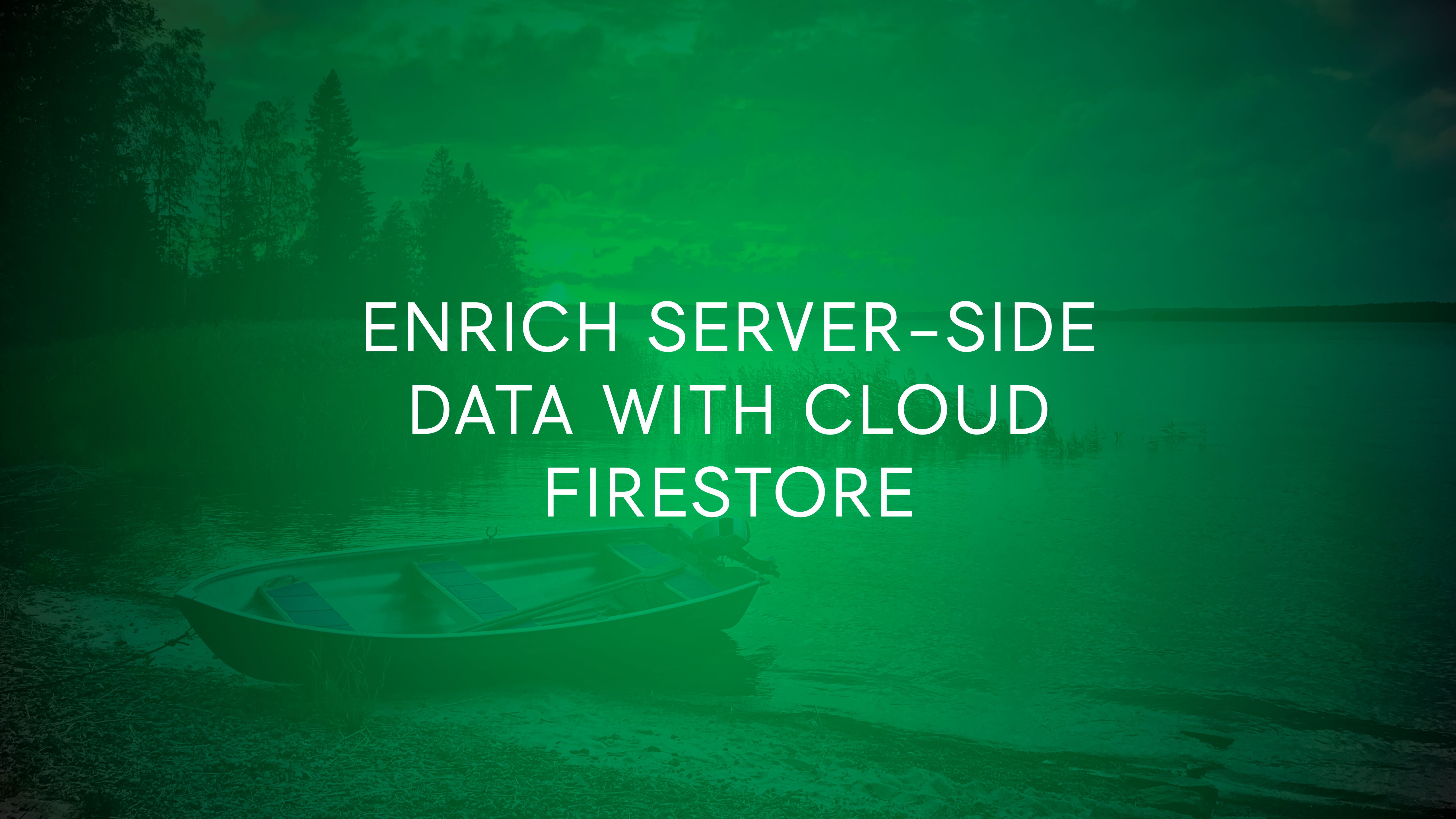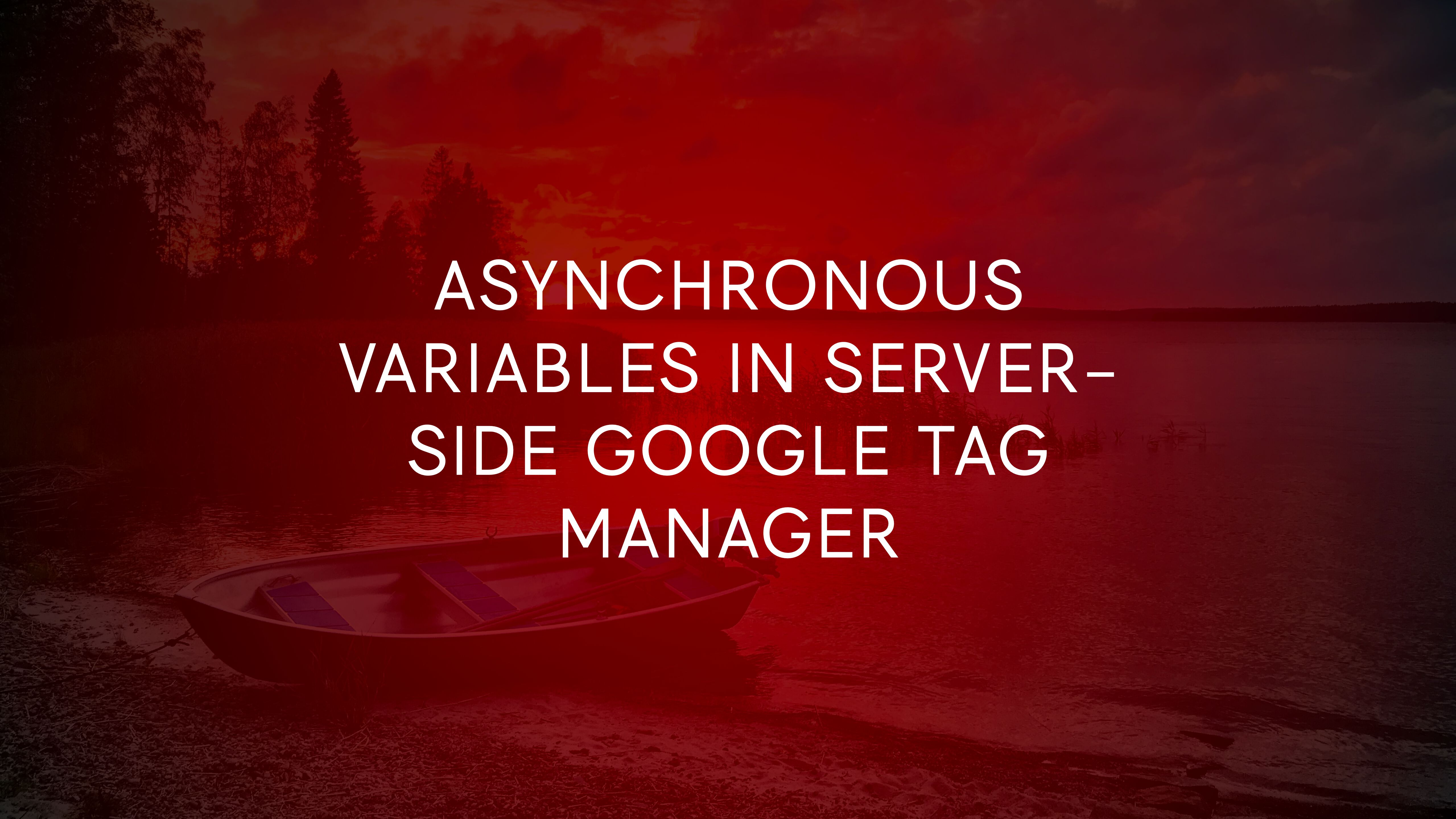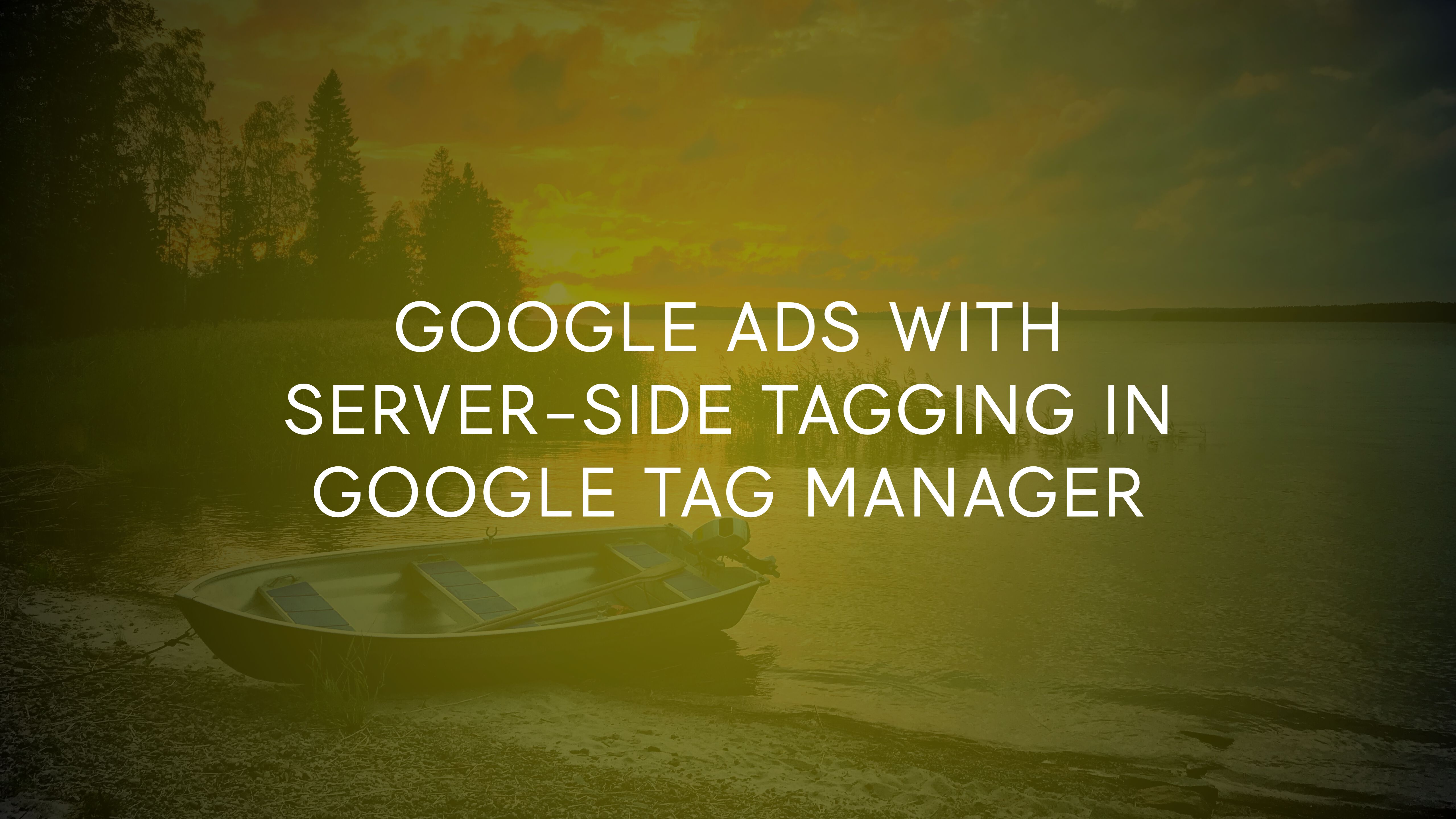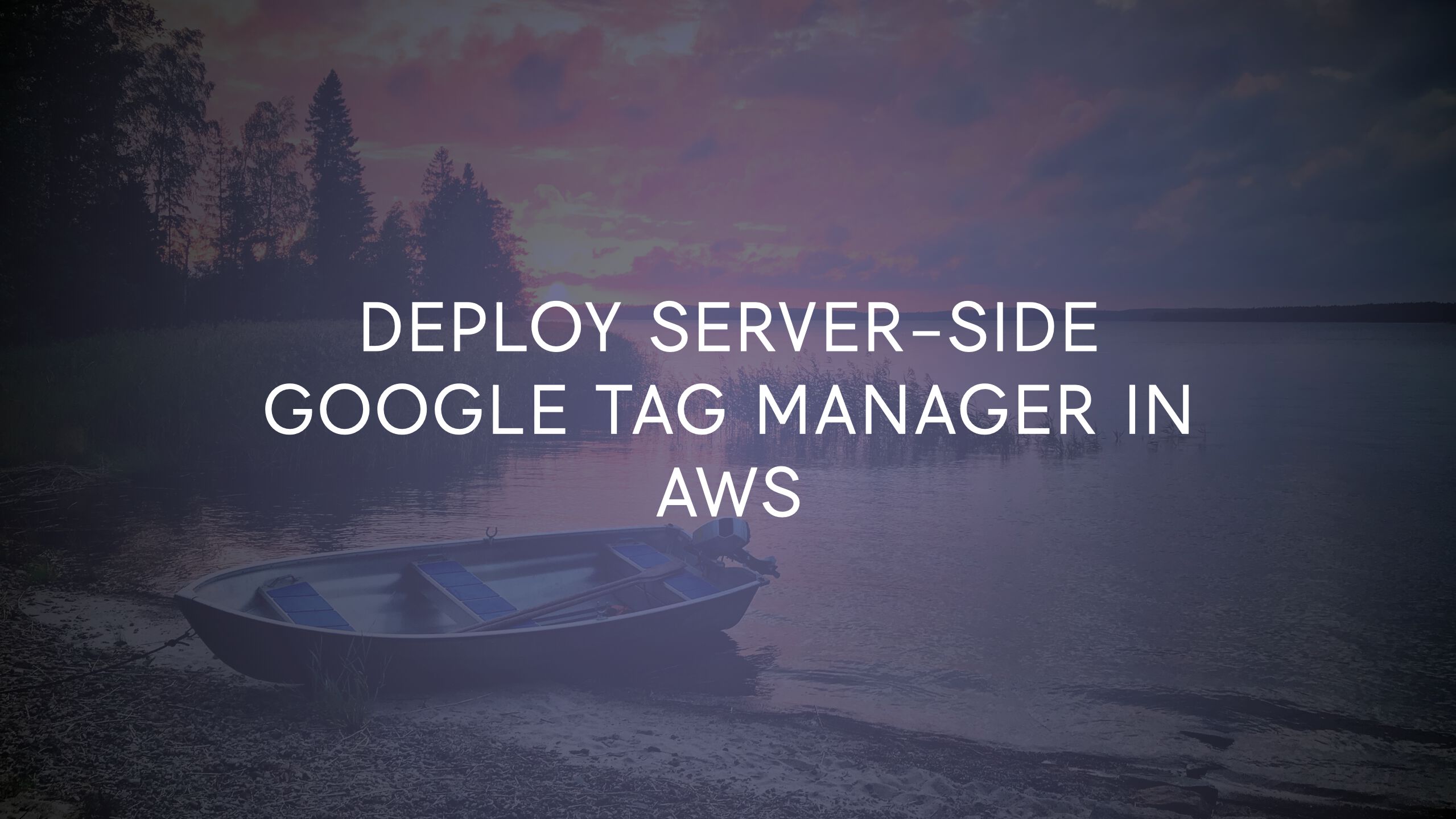With asynchronous variables recently released in server-side Google Tag Manager, it’s time to dig into data enrichment flows using another release from the Google team.
* drum roll *
We have a new Google Cloud Platform API!
It’s fast. It’s sleek. It’s beautiful. It’s Firestore!
Firestore is a NoSQL, transactional, and scalable database that offers near-real-time write/read and sync operations for data.
In practice, it’s a great way to enrich and widen the data that you pass through your Server container.







